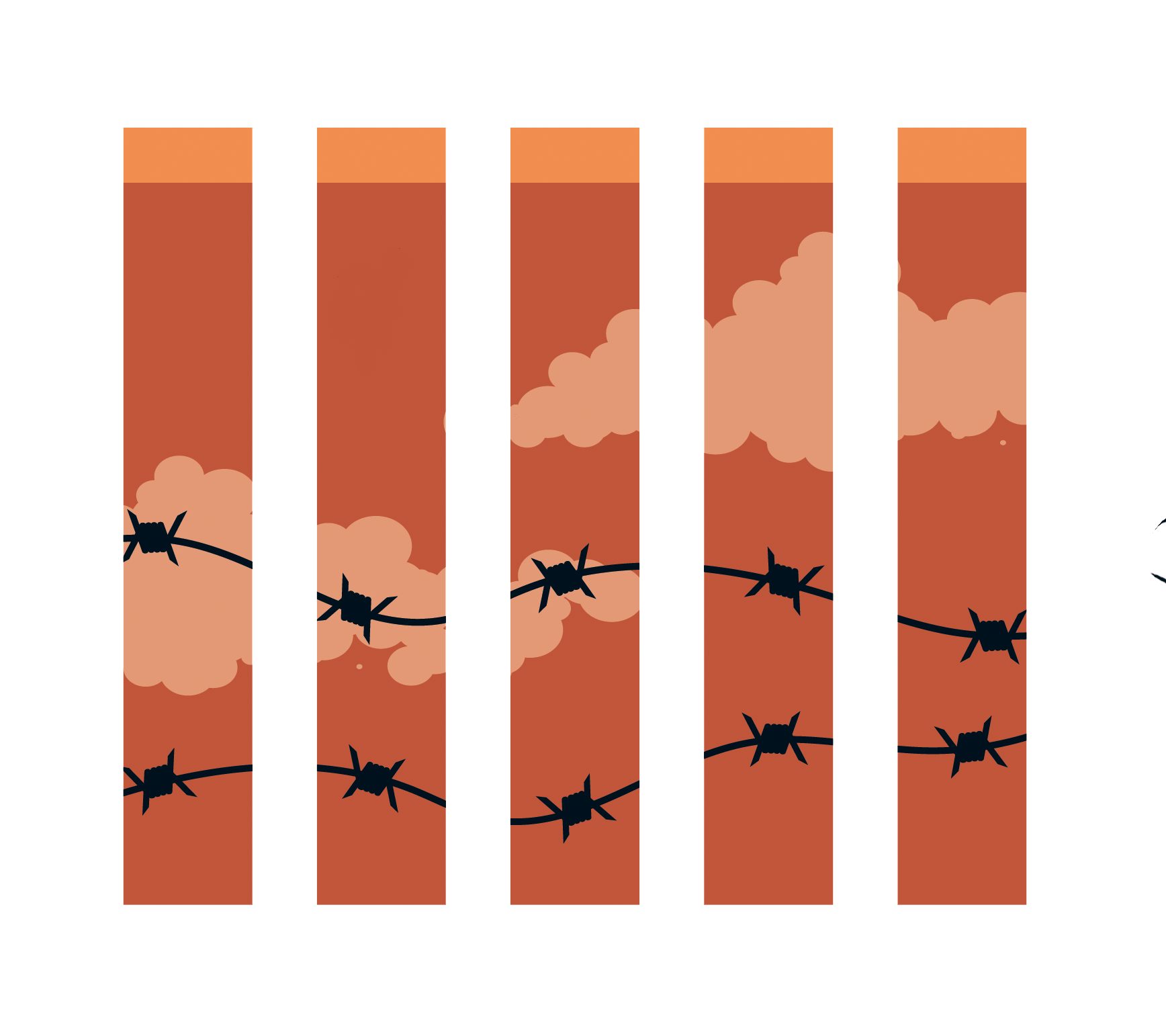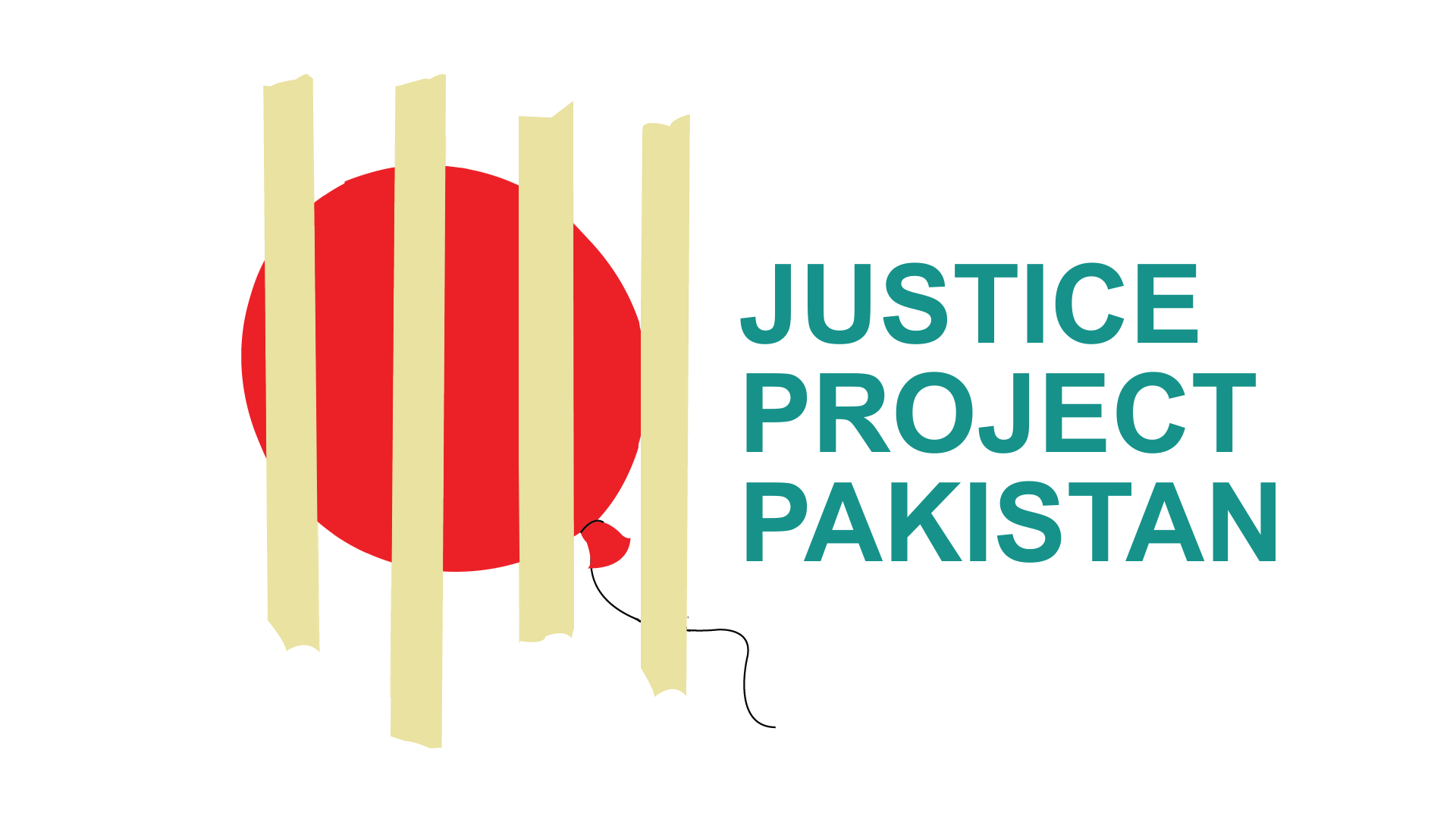“Two kinds of people can go into a grave: the dead and the living. For the dead, the grave is at the graveyard; for the living, it is in a jail.”

Serving Time: Pakistan’s Prisons Through the Ages
Explore the stories of former under-trial and convicted prisoners across Pakistan’s prison system in Punjab, Sindh, Khyber Pakhtunkhwa and Balochistan.
Collected by author Radha Shah, these experiences of arrest and incarceration provide a historic and contemporary lens to understand the country’s penal system as part of the legacy of colonial governance in the Indian subcontinent, the creation of Pakistan, and current political debates that preoccupy the country under the umbrella of insecurity.
Each province presents a different story about the culture of criminalisation across colonial history that also informs its post-Partition relationship with the federal state. Historic and current state discourses of criminalisation shape the everyday lives of prisoners and culminate in their encounter with law enforcement.
Then in jail, prisoners find themselves subjected to carceral modalities of securitisation that are created and implemented through the application of regulations, procedures of prisoner classification, segregation and access to facilities and resources.
Radha Shah’s analysis pushes the boundaries of simplistic understanding of prison as a space of confining deviance to protect free society.
